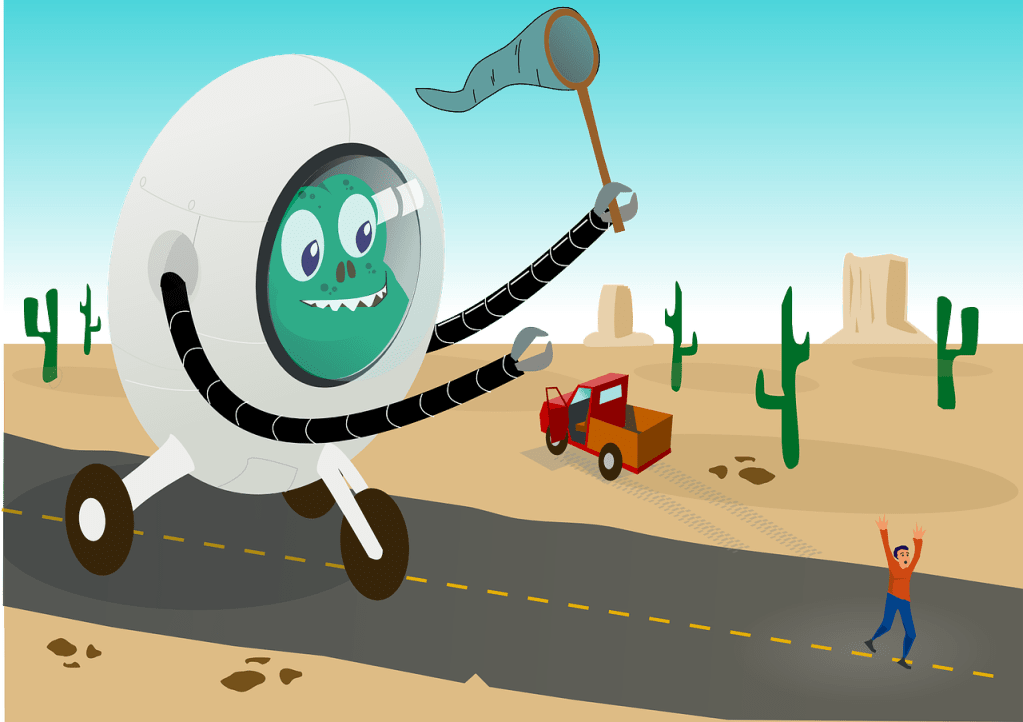The goal of the first page in any manuscript is clear: to hook the reader. Whether it’s an agent, editor, or reader, the first page is your first—and sometimes only—chance to make an impression and convince them to continue with your story. Basically, the stakes couldn’t be higher. With all that pressure, it’s no wonder many writers find Page One intimidating—and there’s no shortage of advice on how to make sure that page grips the reader right from the start. But I happen to think there are just three things you need to establish to make that vital connection: Action, Orientation, and Intimacy.
Action
One of the most common things you’ll hear as a new writer is to “make it active” or to start in media res, a Latin phrase meaning “in the middle of things.” This may sound simple, but this advice is often misconstrued, so let’s take a look at what it means in practice.
It goes like this: we want to show our protagonists living their “normal” life before we shake things up on them with our first inciting incident—and this often translates to a scene where the character wakes up and starts their day as usual before life (or in our case, plot) happens to them. Or maybe, instead of waking up, they’re slogging through their school or work day. Either way, boring! Unless something is actually going to happen—and quickly—these openings are often ineffective at hooking readers because nothing, well, happens. There’s nothing for us to latch onto. The advice for creating an “active” opening scene is meant to prevent us from boring our readers to tears with these types of soft openings.
Too often, though, writers will go too far in the other direction by making a scene too active. One common method is by starting with an action sequence or fight scene where a character we’ve never met is highly engaged in a situation we don’t understand. Sure, this method may be more active, but it is often equally ineffective at hooking readers because we don’t know what’s happening or why—and more importantly—we don’t know anything about the character it’s happening to. And so we don’t really care if they lose the fight or get eaten by the monster.

The true goal of a First Page is to orient your reader to the story in a way that makes them quickly care about your character and their situation, and to make the reader want to root for them. Put another way, it isn’t enough to develop stakes for your main character–you have to develop stakes for your reader as well. And to do that, you need to make them care. That’s what the other two ingredients are for.
Orientation
Your reader needs to understand what’s happening in your opening scene. That doesn’t mean you can’t have some air of mystery. In fact, you should! You always want your scenes to raise questions for the reader that they would like to have answered, so they’ll keep reading to find out more—but you don’t want to confuse your reader. You want to give them basic information to ground them in your scene, such as who the main character is, where they are (and when they are, if it isn’t the present day), what they’re doing, and why. You don’t need to reveal everything about the character, but we should be able to tell who is the protagonist, what is their immediate goal, why they want it, and what stands in their way.

We should also be able to see the setting and picture the way they move through it. For instance, is your story set in the modern day or in the future? Is your character in a classroom or on a farm? Does your work fit a particular genre—like mystery or science fiction—and if so, does the first page “fit” that genre? These details will not only help bring your story to life, they will also help the reader determine if this is “their” kind of story. If it is, you just might hook them. (And if it isn’t, no sweat. Those simply aren’t your readers.)
Intimacy
In addition to filling in the who/what/when/where/why, you want your reader to forge a real connection to your character—to feel as if they know and understand the character intimately. Giving them a clear goal and an obstacle will help, as will orienting them firmly in space and time. But there are other tools in a writer’s toolbox that can help form a more intimate bond, like point of view, tense, and tone.
Point of view—whether you tell a story in the first or third person—can help establish the closeness as well as the overall mood of your story. A first-person narrative tends to be close and offers a ready-made intimacy, where there is no filter between the reader and the main character’s most personal thoughts. Telling a story this way almost feels like the character is speaking directly to the reader (think: “Call me Ishmael” from Moby Dick). A third-person narrative can also be quite close, although it doesn’t have to be. Writers can use this type of storytelling to intentionally create distance between character and reader—this works well when writing humor, or when something bad is going to happen to the character and you want readers to feel like they are observing from a safe distance (think: Lemony Snicket’s A Series of Unfortunate Events).
Tense can also help establish the right degree of intimacy for the particular story. Narratives told in the present tense often feel more urgent and immediate, whereas those told in past tense can offer a little more space. Thrillers often use present tense to create the feel of a threat closing in in real time, which works for the genre because it allows the reader to feel what the character is feeling. Fantasy, on the other hand, often employs the past tense, making it feel as though the character is looking back on a time in their lives that was truly epic. Both have their uses and neither is right or wrong—it all depends on what is a good fit for your story.
Tone is another good way to establish intimacy, as the tone of your narrative will tell us a lot about your narrator. Are they funny, or are they so literal that humor flies right over their head? Do they have a dark side, or are they all goodness and light? Are they witty? Snarky? Sincere? When you allow your character’s personality to show through the narrative tone, you give your reader something else to latch on to—something to help them better understand your character and forge that vital connection. Once they make that connection, they’ll want to stick around and find out what happens to the character, because they’re invested in the outcome.

So there you have it—Action, Orientation, and Intimacy—my “three ingredients” to a compelling first page and opening scene. Are there more? Tell us what else you think is important in the comments section!


So tricky to get a first page right. Thanks for these tips!
LikeLike
Thank you so much to all who read and commented on this piece! I’ve been sick this week and wasn’t able to keep up in the moment, but this is one of my favorite topics to talk about–especially the idea of “orientation” in first pages–which I first came across in “Troubleshooting Your Novel” by Steven James. I would recommend that to anyone interested in learning more (or if you’re having trouble with a certain “piece” of your book and need a little help!)
LikeLike
Helpful points! Took a few notes so I have them to refer to 🙂 Thanks so much.
LikeLike
Great article, the examples are very helpful. I’m sending this to my writing group. Thank you Rebecca.
LikeLike
Super summary of such important points – thanks!
LikeLike
Great article, Becca! I am going to bookmark it so I can continue to refer to it.
LikeLike
Becca, well done! The first page of a novel is SO important, and I’ve been struggling with what to share and how. Your explanation of the 3 ingredients is very helpful!
LikeLike
Thanks so much for this concise lesson on writing the beginning. Helpful to be reminded of this important topic.
LikeLike
To emphasize the importance of first lines, you hooked me with 3 ingredients! I thought WOW! Rebecca has simplified the first page down to just 3? I have to read this. You then proceeded to fully vet out all the supporting elements contained within the 3. Nice job!
LikeLike